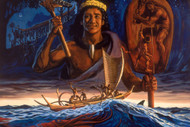Iconic Hawaiian Gods and Goddesses
Posted by Maris on 24th Oct 2023
Kāne: God of Creation and the Sky
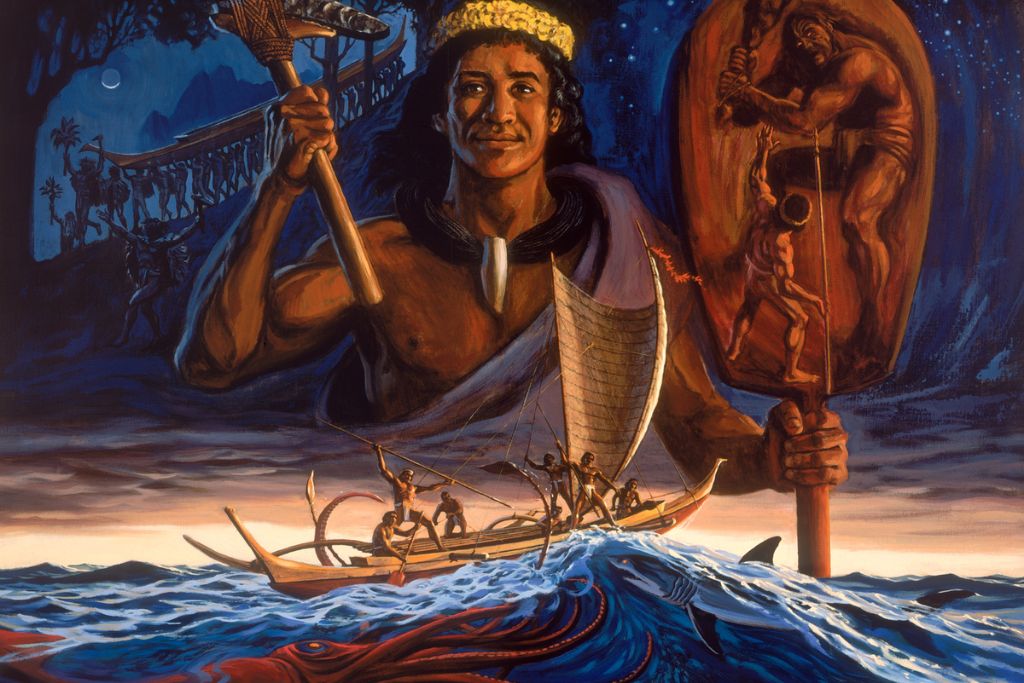
Kne, the god of creation and the sky, and the overseer of all gods, is the first god we meet. He wields great influence over them and even produced some to aid in constructing a world.
He created several gods, including Kanaloa, the god of the gloom and the blackness at the ocean's bottom. In some ways, Kne is the polar opposite of Kanaloa since he represents life and light, whereas the sea represents death.
Kne assists Hawaiians who require assistance giving delivery and provides his services for the price of a tribute. Furthermore, if artisans wanted something created, they made an offering to Kne in exchange for his blessings in the development of a new creation, such as a canoe or a building. Thus, he serves as both a supervisor of the gods and a patron of other creators by bestowing goodwill and prosperity on creation, regardless of its form, whether in body or wood.
Kanaloa, the Polynesian Ocean God
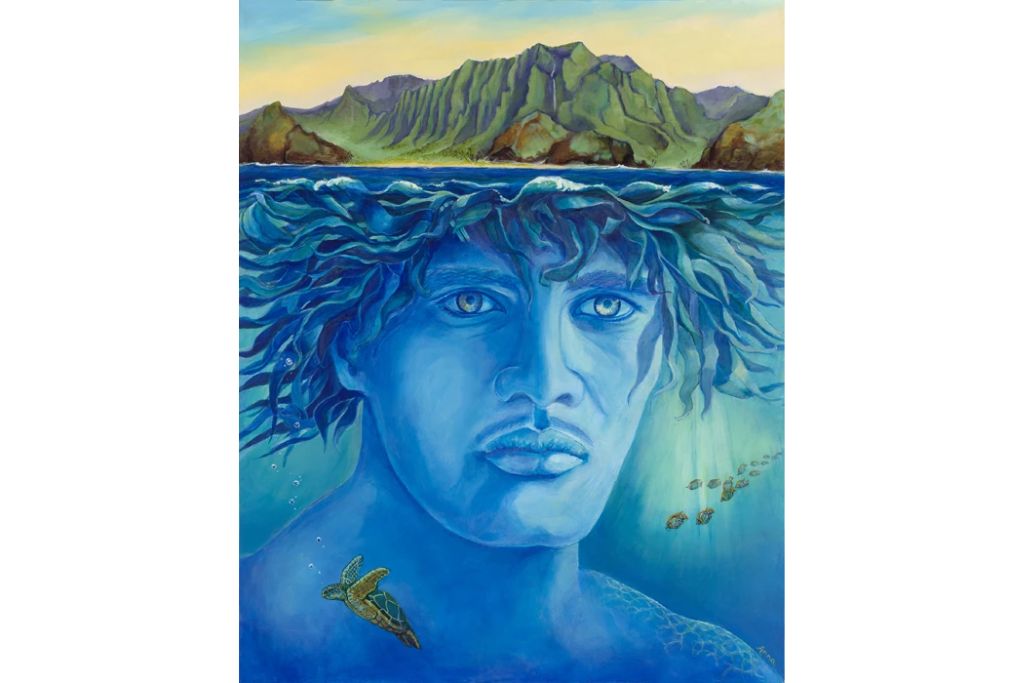
The oceans crash against the island's shores, and a man emerges from the surf. This man is not a man at all, but a god: Kanaloa, the Ocean God.
Kanaloa is one of Kne's creations to guard the ocean and personify the darkness of the depths, while also being the fundamental polar opposite to his own father's light on land. Despite this disagreement, they have remained strong friends, frequently sharing ocean excursions and a mystical drink known as 'Awa.
Before setting sail, sailors make offerings to Kanaloa. If he is satisfied with their offerings, he may provide them calm breezes and waves. This went hand in hand with Kne, since the sailors also requested a blessing from the creator God to safeguard the strength of their canoe on their journey. As a result, both father and son work hard to ensure the safety of sailors and the security of their lands.
Ku: The War God
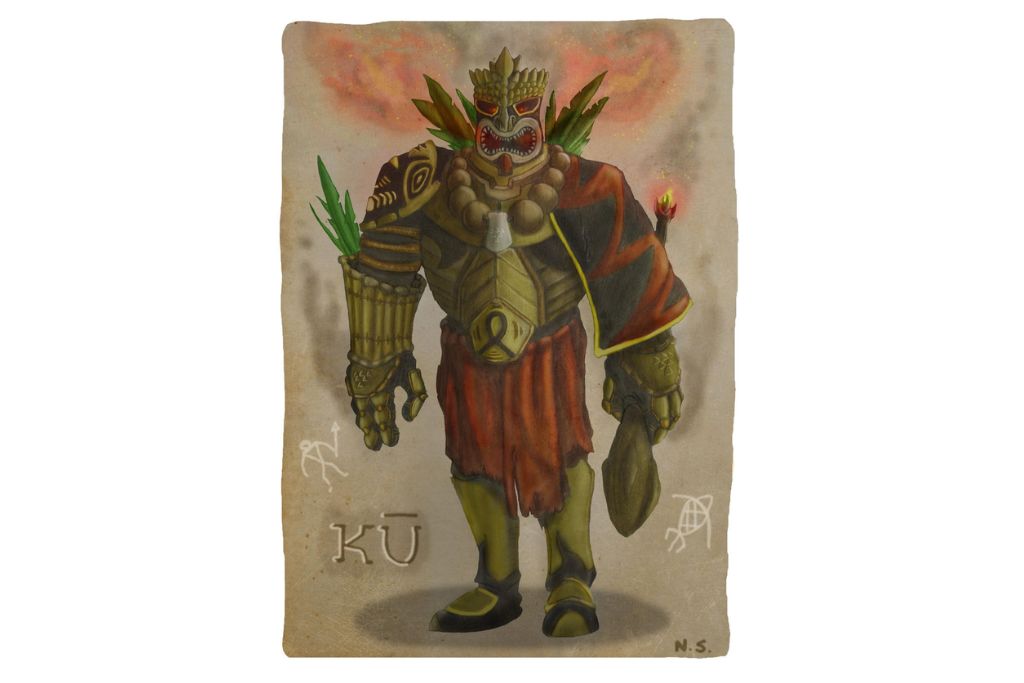
You don't have to be concerned about this god's appearance. He is simply Ku, the god of war and one of the more unique mythical figures recognized for his hideous war-ready expression as he always looks ready to strike his club.
Don't be concerned. Ku may be a bloodthirsty god, but he is also recognized as the god of strength and healing. This makes him an excellent patron for warriors and healers since he has a gentle side that allows wounds to be patched and sicknesses to run at the sight of his face.
Ku is revered by several names, including K-ka-ili-moku (land snatcher), all of which hint to the darkest side of Polynesian culture. Because there are traditional traditions of tribal conflict amongst Hawai'ian clans, Ku was used as a symbol to aid parties in their war efforts to secure territory. Human sacrifice was occasionally used as part of Ku worship, both in conflict and in a staged ritual context. These facts distinguish Ku because he is the only one who has known sacrifices used as offerings.
Lono: The God of Rain, Fertility, and Peace
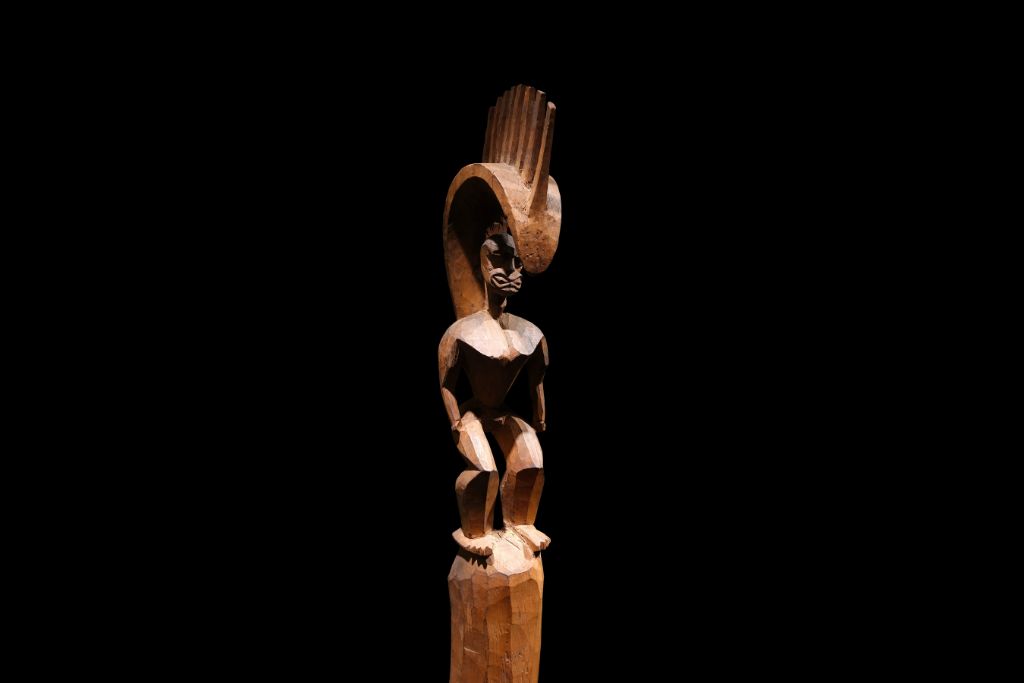
Returning to the calmer side of the gods, we see a guy standing in a field during a rain shower. Lono is the God of Peace, Rain, and Fertility. So far, we've encountered the gods of war, creation, the sky, healing, and the ocean, but Lono is crucial to the island's well-being. Through the chaos of Ku's conflict, he gives the fruits for survival and harmony.
Every year, Hawai'i celebrates Makahiki, a harvest celebration dedicated to the devotion and admiration of Lono. During this ceremony in 1779, Captain James Cook came in Hawai'i in need of rigging repairs on his ship, the HMS Resolution.
Cook sailed clockwise around the island before landing, unaware of the significance of the season for native Hawaiians or that he was imitating traditional processions by sailing clockwise. As a result, when the ship anchored, many people assumed that the arrival of Cook was caused by God Lono himself.
Because the records of this incident are foggy, there is a lot of speculation about what happened. What is known is that Cook was taken in by the Hawaiians along with others of his crew who were ailing at the time. Unfortunately, after a while, Cook began to take advantage of the Hawaiian generosity, and a violent outburst resulted from cultural misunderstandings. As a result, Cook and several other people were killed in the bay waters where his ship was docked.

